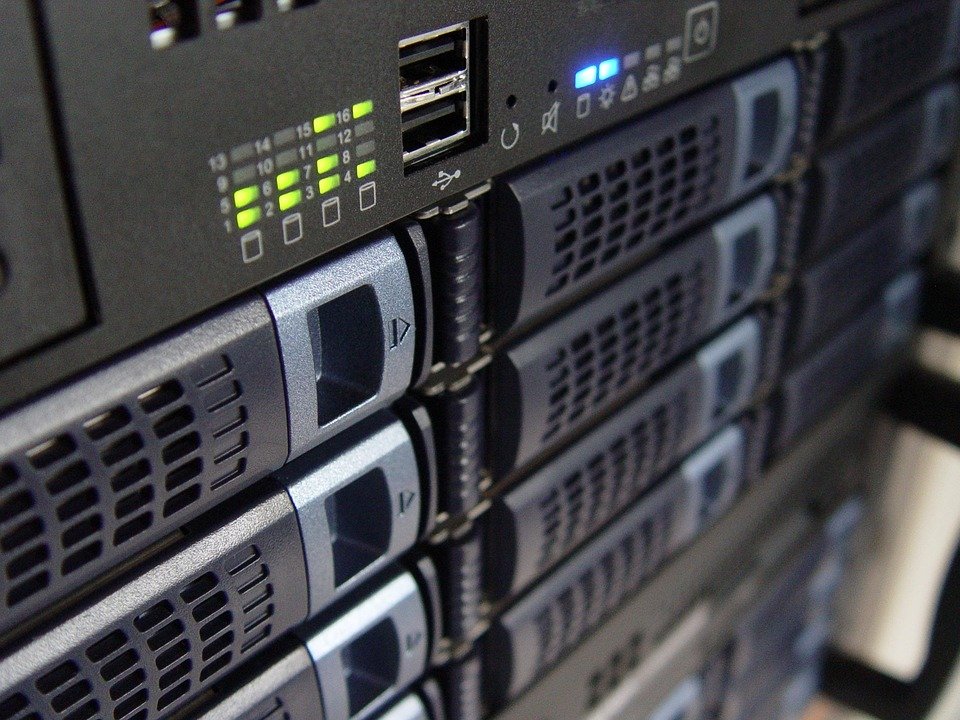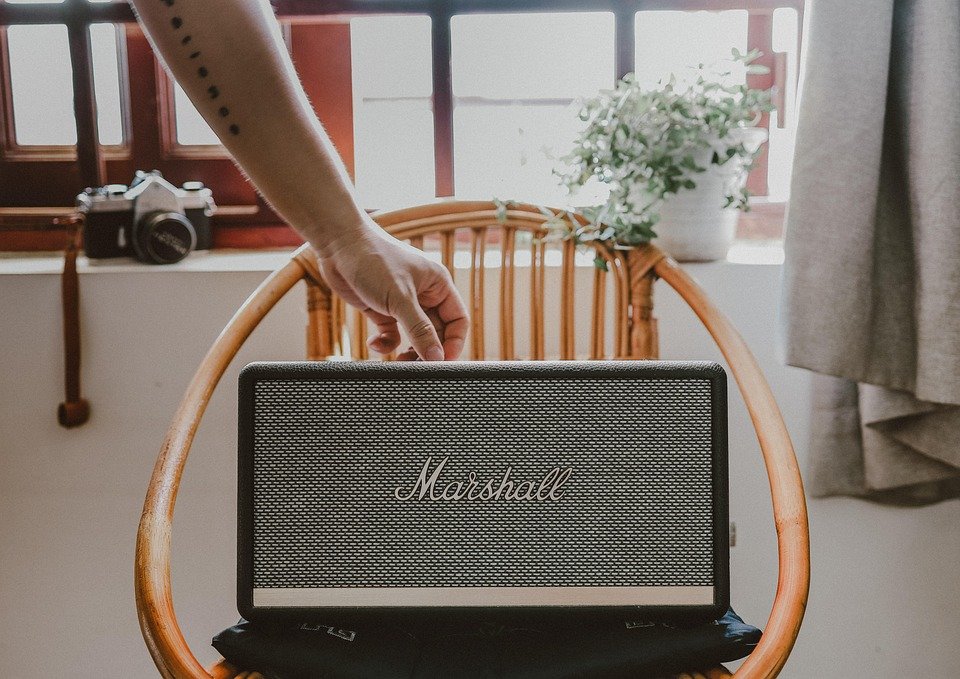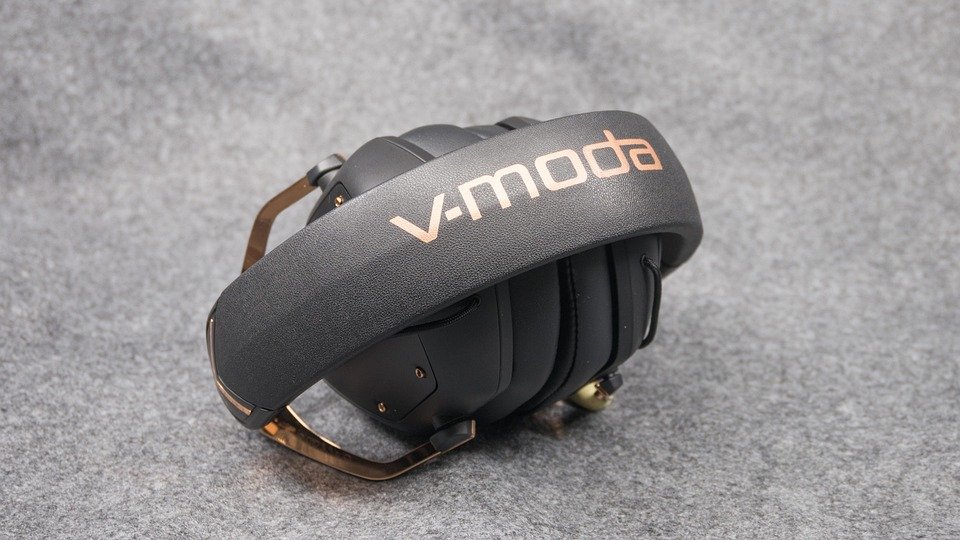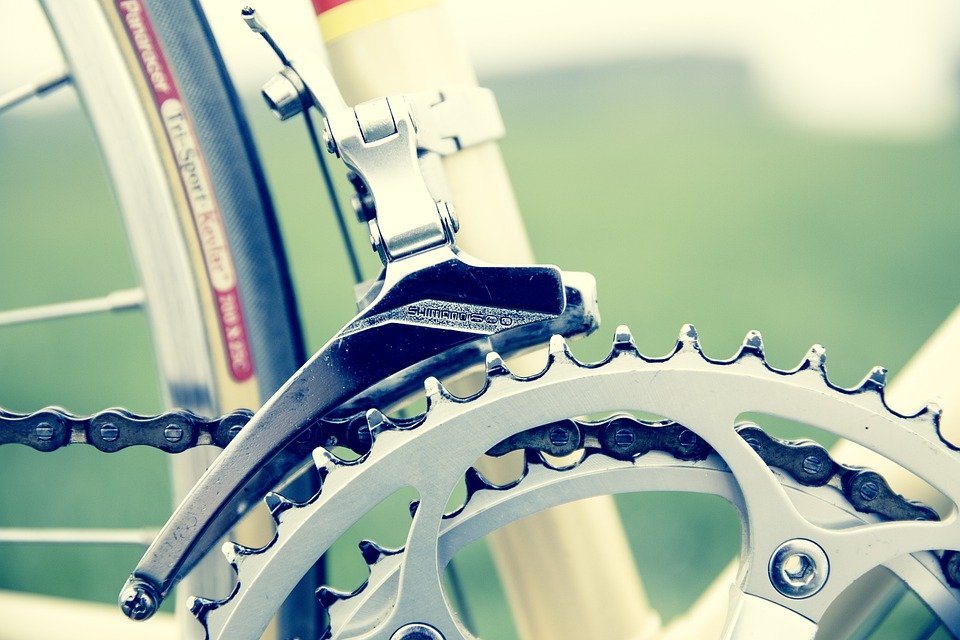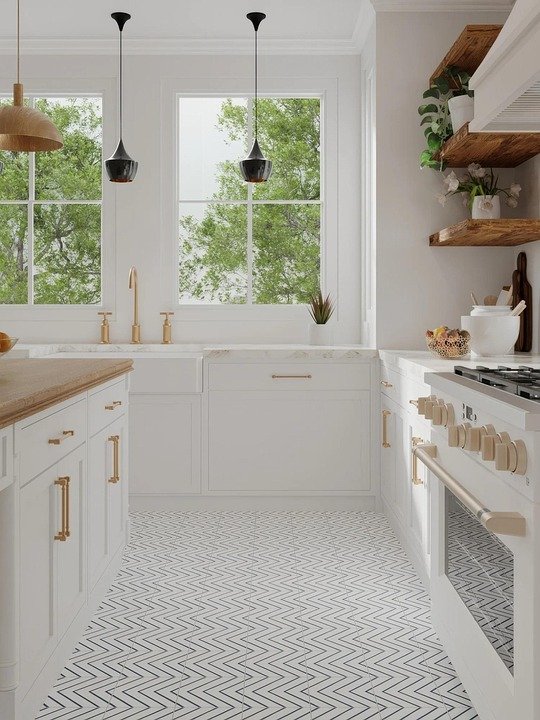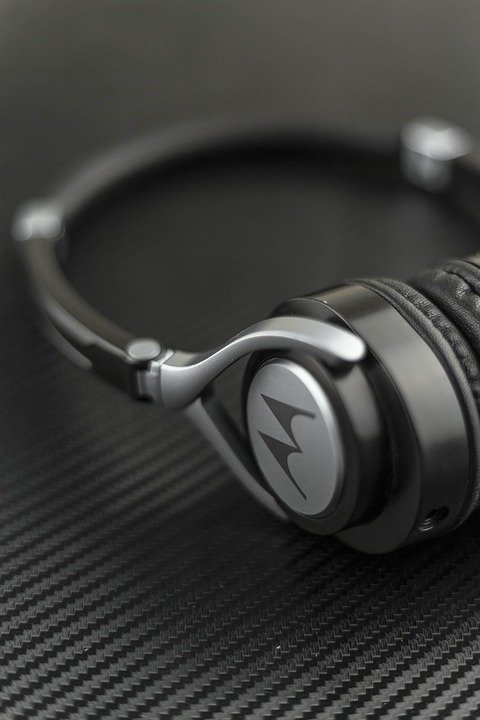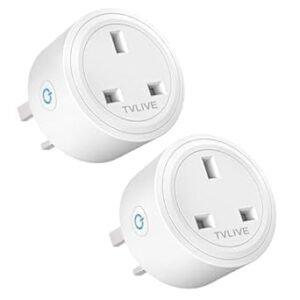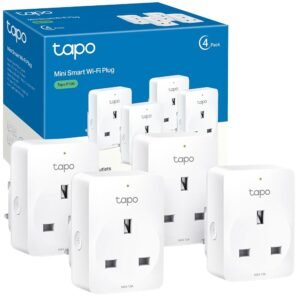Living Easier, Saving Energy: Top Smart Home Priorities for 2025

Living Easier, Saving Energy: The Evolving Smart Home Priorities for 2025
Remember the early promises of smart homes? Voice-controlled lights and remotely viewable security cameras felt like pure science fiction. By 2025, the smart home narrative is maturing beyond mere gadgetry. The focus is laser-sharp: seamless convenience that genuinely simplifies life, combined with demonstrably reducing our energy footprint. The priorities aren’t about having the most devices; they’re about having the right systems working intelligently together to empower efficiency and ease.
More Than Automation: Intelligence for Effortless Living
While automation remains key, 2025’s "Living Easier" is less about novelty tricks ("Alexa, disco mode!") and more about predictive intelligence that removes friction:
- Proactive Problem Solving: Imagine your HVAC anticipating a cold snap before it hits, adjusting temperatures naturally using sunshine while reserving mechanical heating for the coldest hours. Or your smart fridge automatically re-ordering staples before you run out, based on usage patterns. The goal is reducing mental load and reactive chores.
- Contextual Adaptation: Lighting and climate control will increasingly become ambient and responsive. Sensors tracking occupancy, time of day, outdoor conditions, and even wearable health data (with opt-in consent) will create environments that intuitively adapt throughout the day without constant app fiddling.
- Unified Experience: Fragmented apps plague smart homes. In 2025, the priority shifts towards genuinely integrated ecosystems. A single interface (whether voice, app, or touch panel) should control everything – security, climate, lighting, media, energy insights – creating frictionless management.
Energy Savings: From Awareness to Automated Optimization
Saving energy is no longer just a perk; it’s a core requirement driven by economic pressures and environmental urgency. Smart homes in 2025 will focus on measurable impact and automated action:
- Demand Response & Grid Interactivity: Expect deeper integration with the utility grid. Smart panels and appliances will intelligently respond to grid stress or peak pricing events ("demand response"), automatically shifting energy-intensive tasks (like EV charging, pool pumps, dryer cycles) to off-peak hours for significant cost savings and grid stability.
- Holistic Energy Intelligence: Knowing device-level consumption is good, but 2025 systems prioritize actionable insights and automation. Smart energy monitors will identify leaks (like phantom loads from forgotten chargers or inefficient appliances) and offer concrete suggestions or even automatically cut power to idle devices. AI will predict future usage and optimize accordingly.
- Climate Control Evolution: Expect smart thermostats to evolve into comprehensive, multi-zone coordination systems. They’ll integrate hyper-local weather forecasts, occupant presence, and even solar generation predictions (if paired with home batteries) to dynamically manage heating and cooling with minimal fossil fuel reliance, prioritizing ventilation and passive strategies when possible. Smart vents and IR sensors become critical components for targeted comfort.
- Water & Resource Monitoring: Water conservation rises as a priority. Smart leak detectors rapidly identify burst pipes or running toilets, while whole-home monitoring provides usage breakdowns to encourage conservation and detect hidden waste.
The Underpinning Priorities: Foundation for Future-Proofing
To achieve seamless living and deep savings, three critical enablers emerge as 2025 priorities:
- Interoperability Beyond Brand: Truly cohesive homes rely on universal standards (like Matter) maturing significantly. This allows devices from different manufacturers to communicate effortlessly, overcoming vendor lock-in and ensuring long-term compatibility and flexibility for users.
- Proactive Health & Maintenance: Parts fail. Smart devices themselves become monitors. Sensors within HVAC systems, appliances, and plumbing will predict failures before they occur. Imagine receiving a notification: "Water heater anode rod needs replacing soon, preventing potential failure." This prevents disruptive breakdowns, maintains efficiency, and ultimately saves resources.
- Privacy-Preserving Intelligence: As homes become more perceptive, robust, user-centric data security and privacy controls are non-negotiable. Priorities include clear consent mechanisms, on-device processing where possible, and strong encryption to protect sensitive lifestyle and energy usage data.
2025: The Year of Harmonious Efficiency
The smart home of 2025 isn’t defined by flashy tech, but by quiet intelligence. It’s about systems deeply integrated, proactively optimizing comfort and resource use with minimal user intervention. The priority is a home that works for you: safeguarding your budget through demonstrable energy savings while proactively managing tasks to free up your valuable time and peace of mind.
The future is streamlined. By embracing these interconnected priorities – predictive automation, measurable energy intelligence, robust interoperability, and proactive maintenance within a secure framework – smart homes are poised to deliver on their true potential: making life genuinely easier and significantly more sustainable. Get ready to experience the shift from novelty to indispensable, intelligent living.




